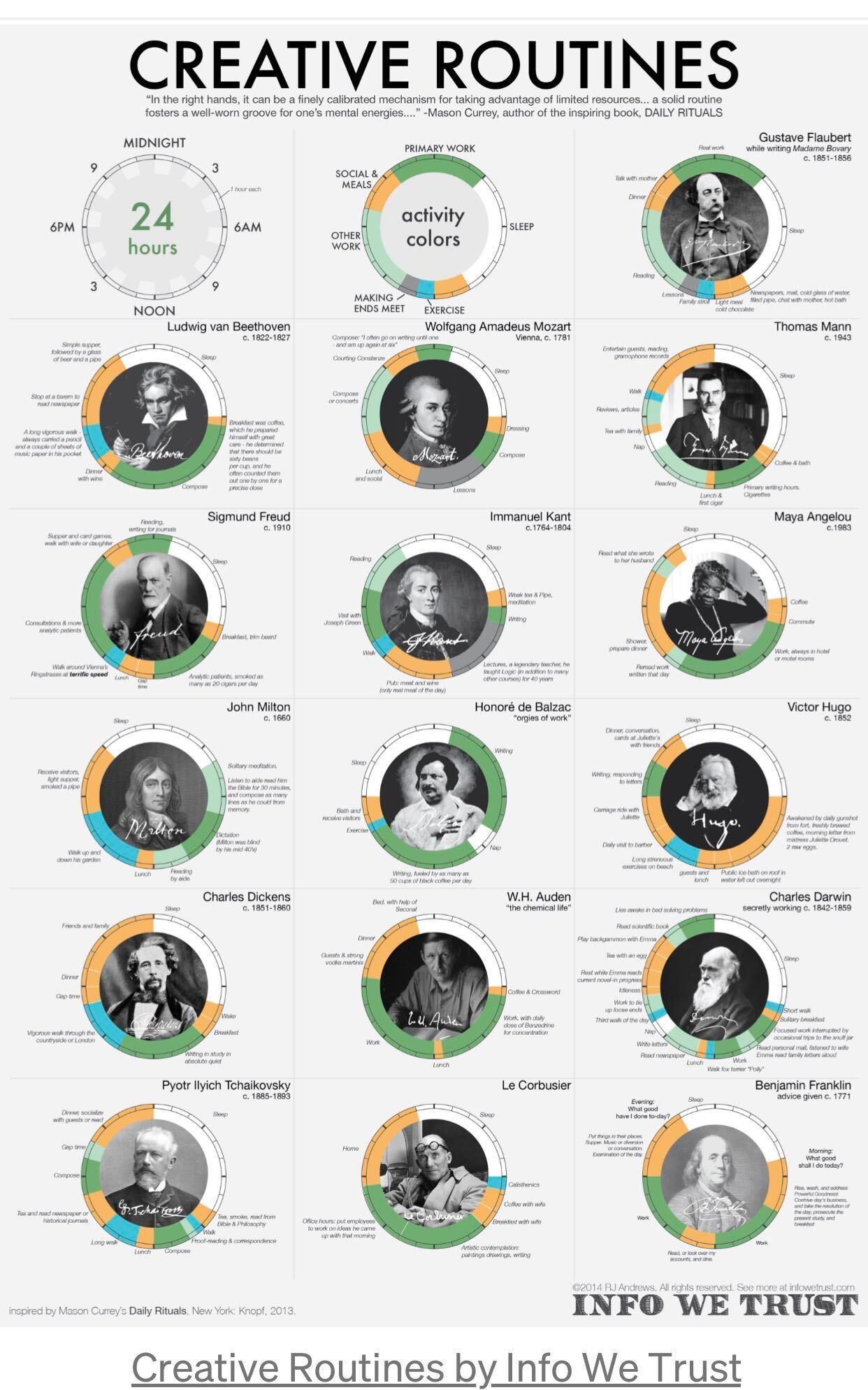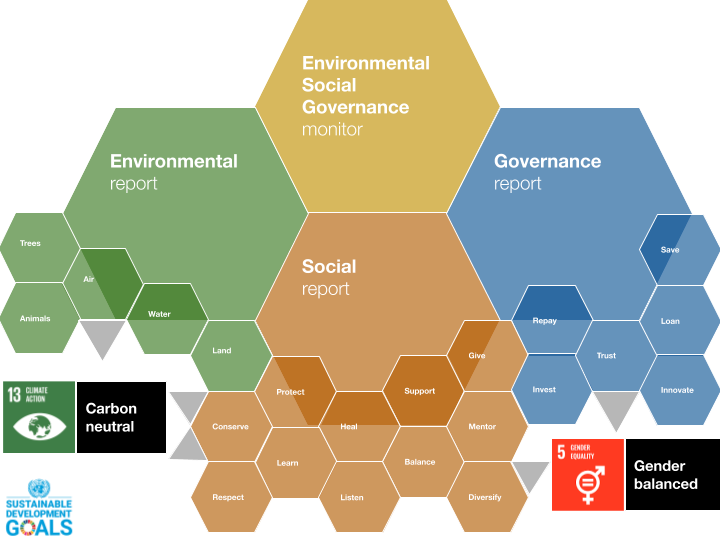We are a public benefit startup accelerator.
Our 7-year mission is to shift technology innovation toward a more humane and verdant world. Join us.

You woke up this morning, and like every morning, like every man, like every woman and child, you started your daily ritual of actions and tasks. The first thing you picked up might have been a fresh cup of coffee, a vibrating iPhone or a Stradivarius Violin. Whatever that thing, it was likely a man-made tool.
These miraculous machines!
Do we shape them
Or do they shape us?
Or reshape us from our decent, far designs?
But we are learning.
We are learning to build for the future
From the ground up.
Filmmaker Robert Flaherty in a documentary about U.S. agriculture which depicted large-scale mechanization. The quote is often attributed to Marshall McLuhan.

As new and better tools for innovation are developed and never-before-now capabilities become available, the creative possibilities have become mind-boggling.
In half a human lifetime, we have seen continuous breakthroughs in the internet, pocket computers, widely available satellite imagery, 3D printing, open-source software, genome sequencing, artificial intelligence, virtual reality, blockchains, nanotechnology. So much is possible. And like the sorcerer's apprentice, too often we fail to imagine how how the pursuit of the possible we overlook how things could possibly go wrong.
A cautionary example: Facebook proverbially “moved fast and broke things”. Now they are reaping a backlash against the leverage they gave bad actors; bad actors intent on violating privacy and twisting public discourse. Can we anticipate similar vulnerabilities for our customers?
New Questions
When we make, we ask: What is possible? Should we ask instead: Out of all the many possibilities, what is at once most progressive and least vulnerable to unintended consequences and malicious misuse. Who is qualified to answer?
- Who can help better guide technology development?
- Where can we mitigate technology’s effects?
- When can we assist tomorrow’s companies to compete on a new basis?
Who should guide technology development
Businessmen and engineers have had a good run. Old white men, young Asian nerds, jocks and kooks have all had their turn at the wheel. But the planet isn't looking or feeling like it's been handled well. Modern slavery is at epidemic proportions. The wildfires and pandemics have become the new normal. It's time for a regime change.
Design Thinkers
Can we apply “design thinking” to avoid such vulnerabilities? Can we empathize, through observation, re-state the problem as a goal relevant to those most at-risk? Can we diverge among worst-case scenarios to avoid missing threats and among improbably beneficial ones, to avoid missing the most promising solution. When we are testing, can we pay more attention to at-risk groups?

Behavioral Scientists
Can we incorporate behavioral science in our innovation to overcome our inherent cognitive biases? Can we provide positive reinforcement, to amplify desirable incentives and dampen perverse incentives?
Where to mitigate technology’s effects
Today automation and globalization displace jobs. Manual jobs are eliminated through robotics and clerical jobs are eliminated through digitization and automation. Analytical jobs are poised to be eliminated by machine-learning driven decision support.
New jobs are also created in these shifts. Maintenance and installation of robotic systems is required. Design and manufacturing of the robotic systems actually grow the number of jobs prior to displacing existing jobs. New jobs in creating automations, tuning automations, leveraging the enhanced data capture for faster, more informed decisions, and testing the automations are opened up. New jobs in creating, training and auditing machine-learning functions are created.
Retraining
The jobs that are created are specialized in ways that exclude the people whose jobs are eliminated. So job displacement really means eliminating jobs for one set of people and creating new jobs for a different set of people. A company loses in many ways when such turnover is generated. Re-skilling is an important tool, but can’t solve the problem by itself as people who are innately suited for one job are not necessarily well-disposed for a very dissimilar job, even once re-trained.

Job Diffusion
If there were more science and automation applied to role definition (duties and demands) and role qualification (requirements and competencies), it might be possible to re-define enough roles within a company such that numerous, small shifts in definition, across a single large company, would diffuse or even dissipate part of the displacement. The effect of this, even paired with retraining, is still probably too small. It is probably too small to erase the job displacement caused by migration to smaller numbers of more highly-skilled positions. But the effect of diffusion and retraining together might be large enough to retain many of the best people who would otherwise be displaced and too fill some of the new jobs internally with people who already understand your company, your culture and your mission.
Micro-Jobs
Job diffusion would be much more effective if we could break today's roles down into a more temporary aggregation of small responsibilities that are more easily transferred from one employee to another. It is possible that such decomposition would lead to greater commodification of labor, leading in turn to downward wage pressure, so it should be approached with caution. Such decomposition might also make greater fractions of labor susceptible to automation, aggravating the very effects to which we are responding.
Assist tomorrow’s companies today to compete on a new basis
Today almost every business decision at some point will be justified in terms of lowering the unit cost of whatever the company produces, whether the product is widgets or advice. Economists have long pointed out that the true cost of any output should include its externalities. An externality is a cost or benefit that affects a party who did not choose to incur that cost or benefit.
A company like The Synchronous Group affects our world well beyond promoting adoption of benefit corp status by also creating or endorse a system that captures something closer to the true unit cost of any product.

The true unit cost should include externalities both positive and negative. Just as the US Treasury controls the definition of what constitutes a US dollar, some collection of people/organizations should define and benchmark at least the largest and best-understood externalities.
Carbon offsets already strive to measure the cost of the carbon component of pollution, one significant externality under wide discussion. ‘True unit cost’ would widen that discussion to include a wider set of externalities and it would provide companies that are determined to provide greater public benefits with a yardstick that is at once more precise, more comprehensive and more directly applicable to the basis of competition.
For related concepts search on “full-cost accounting” “true cost economics” “triple bottom line” “environmental accounting”.


